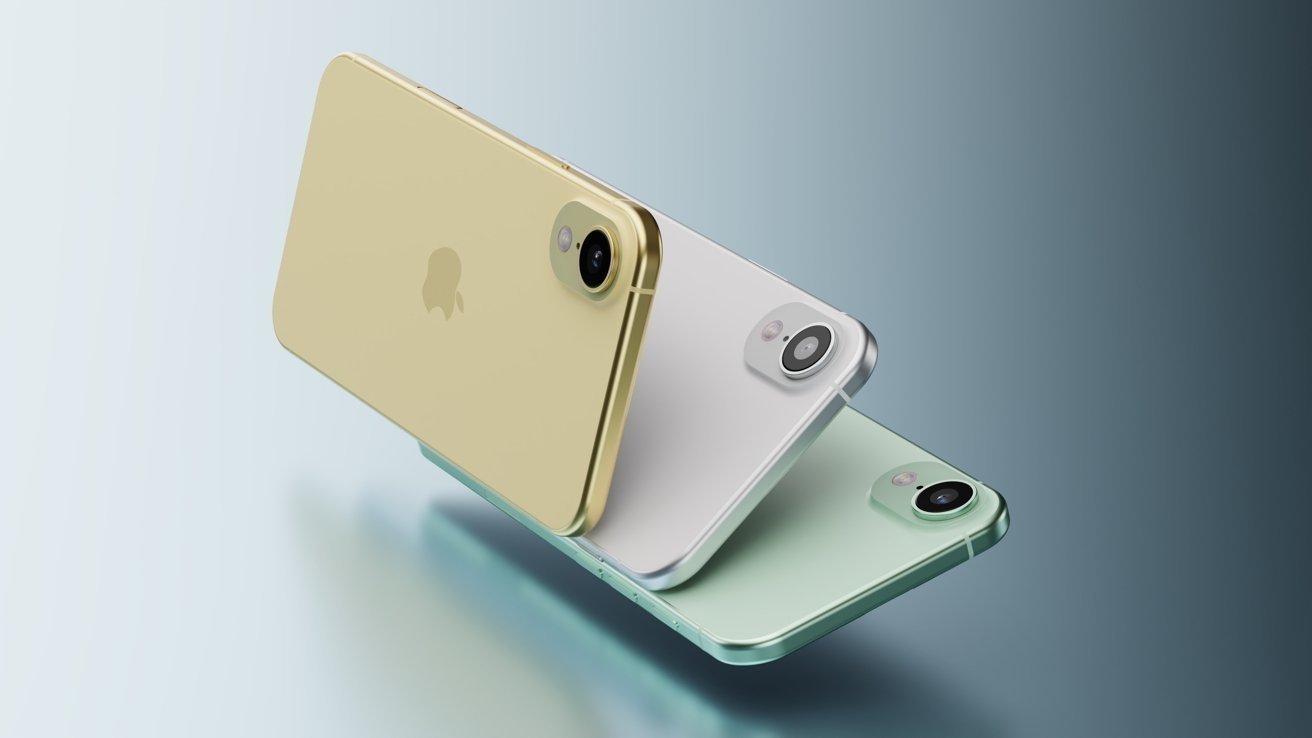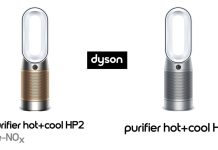Apple is renowned for pushing the boundaries of smartphone design, and the rumored iPhone 17 Air is a prime example. Touted as the thinnest iPhone ever, the iPhone 17 Air reportedly features a mere 5.5mm thickness—slimmer than any Apple smartphone in history, and even thinner than Samsung’s flagship Galaxy S25 Edge (5.8mm). With a lightweight build at just 145 grams, it’s clear that Apple is going all-in on sleek, minimalist hardware.
However, the design-first approach has raised an important question: What does this mean for battery life?

A Battery That Feels Stuck in the Past
iPhone 17 Air Battery Capacity: Just 2,800mAh?
According to supply chain leaks, the iPhone 17 Air is expected to feature a 2,800mAh battery—a capacity that feels surprisingly modest for a 2025 flagship. To put that in perspective:
-
iPhone 16: Estimated 3,300–3,500mAh battery
-
Samsung Galaxy S25 Edge: 3,900mAh battery
In comparison, the 2,800mAh cell looks like a major compromise. Users are expressing concern that the battery life may not keep pace with modern usage, especially with power-hungry apps and multitasking.
Why Such a Small Battery?
The thin profile of the iPhone 17 Air leaves very limited internal space, which is likely why Apple settled on a smaller battery. The trade-off for aesthetics and portability is evident here.
Apple’s Answer: High-Density Battery Tech & AI Optimization
Could High-Density Batteries Save the Day?
Apple is reportedly working on high-density battery technology that could improve energy efficiency by 15–20%. While that might stretch the 2,800mAh capacity slightly further, it still lags behind the competition on paper.
AI-Powered Battery Optimization
One of the most intriguing features rumored for the iPhone 17 Air is AI-based power management. As per a Bloomberg report, iOS will analyze user behavior—whether you’re streaming, browsing, or working—and optimize background tasks and performance settings in real-time to conserve energy.
Though this AI-driven approach sounds promising, it’s still speculative. Without real-world performance data, it’s hard to predict how effective it will be at offsetting the battery’s limitations.
iPhone 17 Air: Leaked Specifications
Let’s take a quick look at the expected specs based on current leaks:
| Specification | Details |
|---|---|
| Display | 6.6-inch ProMotion OLED, 120Hz |
| Processor | Apple A19 chip |
| Modem | Apple C1 in-house 5G modem |
| Rear Camera | 48MP single-lens system |
| Front Camera | 24MP selfie shooter |
| Battery | 2,800mAh |
| Thickness | 5.5mm |
| Weight | 145 grams |
Is Apple Prioritizing Form Over Function?
The iPod Touch Vibe
The iPhone 17 Air brings back memories of the iPod Touch era, when slimness and style ruled over performance and endurance. It’s a bold move in a market that increasingly values all-day battery life and multitasking capabilities.
A New Niche Market?
Apple may be targeting a specific audience here—users who prioritize:
-
Ultra-thin and lightweight phones
-
Sleek design for portability
-
Simpler use cases like calling, texting, or web browsing
This phone may not be for power users, gamers, or binge-watchers who demand longevity from their devices.
What Could This Mean for the Future of iPhones?
If the iPhone 17 Air succeeds, Apple might lead a new trend of minimalist flagship phones. However, if real-world battery life suffers, it could spark backlash, especially in a competitive market where Android rivals are offering 4,000mAh+ batteries as standard.
Final Thoughts
The iPhone 17 Air looks like a technological marvel from a design standpoint—unbelievably thin, impressively light, and packed with Apple’s latest silicon. But the leaked 2,800mAh battery could become its Achilles’ heel. Whether the rumored AI-based battery optimization and high-density cells can make up for the shortfall remains to be seen.
This device is likely to be a love-it-or-hate-it product—perfect for style-conscious users, but potentially frustrating for those who demand robust battery life.
FAQs:
Q1: What is the battery capacity of the iPhone 17 Air?
The iPhone 17 Air is rumored to come with a 2,800mAh battery, which is considered small for a flagship phone in 2025.
Q2: Why is the iPhone 17 Air’s battery so small?
Apple prioritized making the phone ultra-thin at 5.5mm, which left limited space for a larger battery.
Q3: Will the iPhone 17 Air have better battery life despite the smaller battery?
Possibly. Apple is reportedly integrating AI-based power optimization and high-density battery technology to compensate for the lower capacity.
Q4: Is the iPhone 17 Air good for heavy users?
Probably not. With a modest battery and sleek design, it’s more suited for light to moderate users who value aesthetics and portability.
Q5: What are the key features of the iPhone 17 Air?
A 6.6-inch 120Hz display, Apple A19 chip, 48MP rear camera, 24MP front camera, and ultra-thin 5.5mm body weighing 145 grams.




